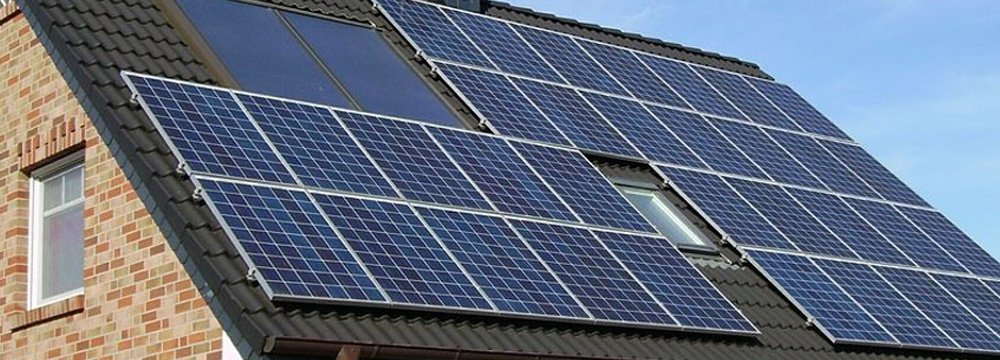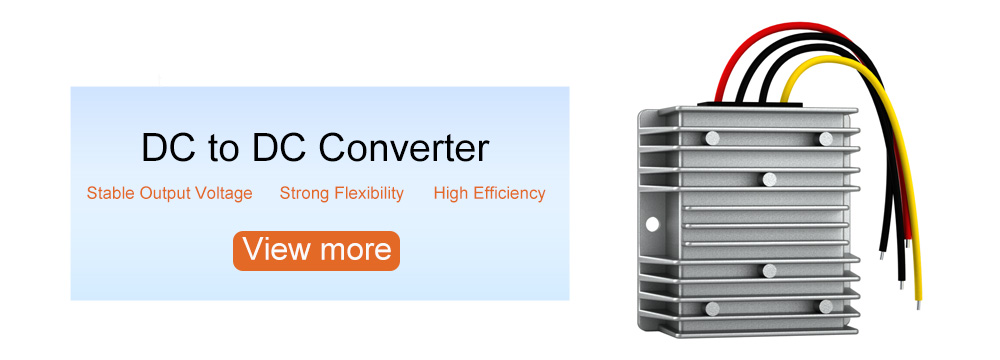DC converters are an indispensable component of power electronic equipment. They are mainly used to convert DC voltage into voltage suitable for different loads to achieve voltage conversion and pairing, efficient energy management and optimization, and protect circuit and equipment safety. At the same time, the application of DC converters in new energy vehicles, renewable energy and other fields has promoted technological progress and sustainable development.

DC converters, also known as DC-DC converters or DC-DC converters, are power electronic devices that obtain voltage conversion in DC circuits. Its main function is to convert one DC voltage into another DC voltage to meet the voltage level requirements of different devices and systems. The following is a detailed description of the role of DC converters:
1. Voltage conversion and pairing
The basic function of a DC converter is to convert one DC voltage into another DC voltage. This conversion can be voltage conversion (converting low voltage into high voltage), voltage reduction (converting high voltage into low voltage) or voltage stabilization (keeping the voltage stable within a certain range). By adjusting the control parameters of the converter, the size and stability of the voltage can be accurately controlled to meet the voltage requirements of different loads.
In new energy vehicles, the efficacy of DC converters is particularly critical. It can convert the high-voltage DC power supply of the power battery pack into a low-voltage DC power supply to provide power for the low-voltage electrical equipment of the car, such as headlights, speakers, air conditioners, etc.
At the same time, it can also charge the auxiliary battery to ensure that the vehicle can operate efficiently under various conditions. This voltage conversion and pairing function is of great significance to improving the endurance and driving comfort of new energy vehicles.
2. Energy management and optimization
DC converters also play an important role in energy management and optimization. In hybrid and electric vehicles, DC converters can realize the bidirectional flow of energy between the battery pack and the motor. When the vehicle is driving, the DC converter converts the electrical energy of the battery pack into the electrical energy required by the motor;
when the vehicle brakes or goes downhill, the converter can transfer the brake heat recovered by the motor to the electrical energy and store it back in the battery pack, thereby completing the recovery and reuse of kinetic energy. This effect of bidirectional energy flow not only improves energy utilization, but also extends the service life of the battery.
In addition, the DC converter can automatically adjust the output voltage and current according to the change of load, so as to achieve the best distribution of kinetic energy. When the load is light, the converter can reduce the output voltage and current to reduce energy loss;
when the load is heavy, the converter can increase the output voltage and current to meet the load requirements. This intelligent kinetic energy management function enables the DC converter to always maintain efficient and stable operation under various conditions.
3. Maintenance and safety
The DC converter also has a variety of protection and safety functions. It can quickly shut down the power supply or reduce the derived voltage and current to protect the safety of the circuit and load when abnormal conditions such as overvoltage, overcurrent and short circuit are detected. At the same time, the DC converter can also provide services such as overvoltage protection and overtemperature protection to ensure that the system can operate efficiently in harsh environments. These protection and safety functions are of great significance to improving the stability of equipment and extending its service life.
4. Improve system efficiency and stability
The DC converter adopts high-frequency switching technology and advanced control systems to achieve fast heat transfer and stable voltage export. Compared with traditional linear regulators, DC converters have better conversion efficiency and smaller size. At the same time, it can also accurately adjust and quickly respond to voltage through closed-loop feedback operation, thereby improving the stability and reliability of the system.
These advantages have led to the widespread use of DC converters in contemporary electronic products such as mobile phones, laptops, digital cameras and other portable devices and industrial automatic control systems.
5. Expansion of application fields
With the advancement of science and technology and changes in energy structure, the application scope of DC converters is also constantly innovating. In addition to new energy vehicles and portable electronic products, DC converters are also widely used in new energy fields such as solar power generation and wind power generation.
In solar power generation systems, DC converters can convert DC generated by solar photovoltaic panels into AC suitable for grid access; in wind power generation systems, DC converters can convert AC generated by wind turbines into DC for storage and transmission. The expansion of these application areas not only promotes the continuous advancement of DC converter technology, but also contributes to the optimization of sustainable structures.
Generally speaking, as an important component of power electronic equipment, DC converters play an important role in voltage conversion and pairing, energy management and optimization, maintenance and safety, improving system efficiency and stability, and expanding application areas. With the advancement of science and technology and changes in energy structure, the development prospects of DC converters will be broader.







